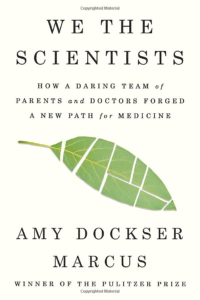Cyclo Therapeutics, Inc. announces first patient dosed in Phase 2b study of Trappsol® Cyclo™ for treating early Alzheimer’s disease.
Trappsol® Cyclo™ is the Company’s proprietary formulation of hydroxypropyl beta-cyclodextrin. In multiple clinical studies, it has shown encouraging results in effectively managing the transportation of cholesterol, a known defect in neurodegenerative diseases. Many known risk factors for Alzheimer’s disease are associated with cholesterol metabolism.
Cyclo Therapeutics is currently testing the same investigational Trappsol® Cyclo™ drug in Phase 3 clinical trial (TransportNPC™) and a long-term extension study for the treatment of Niemann-Pick disease Type C1, a rare, fatal, and progressive genetic disorder. Taking the place of the defective NPC1 protein, Trappsol® Cyclo™, with its cyclic structure, facilitates the transport of accumulated cholesterol out of cellular lysosomes so it can be further processed and excreted out of cells. With the biological similarities demonstrated between Niemann-Pick disease Type C1 and Alzheimer’s disease, including cholesterol accumulation in regions of the brain, elevated levels of Tau in cerebrospinal fluid (“CSF”), and amyloid plaques in the brain, the Company believes Trappsol® Cyclo™ has significant potential to be an effective treatment option for Alzheimer’s disease.
Read the full announcement here









